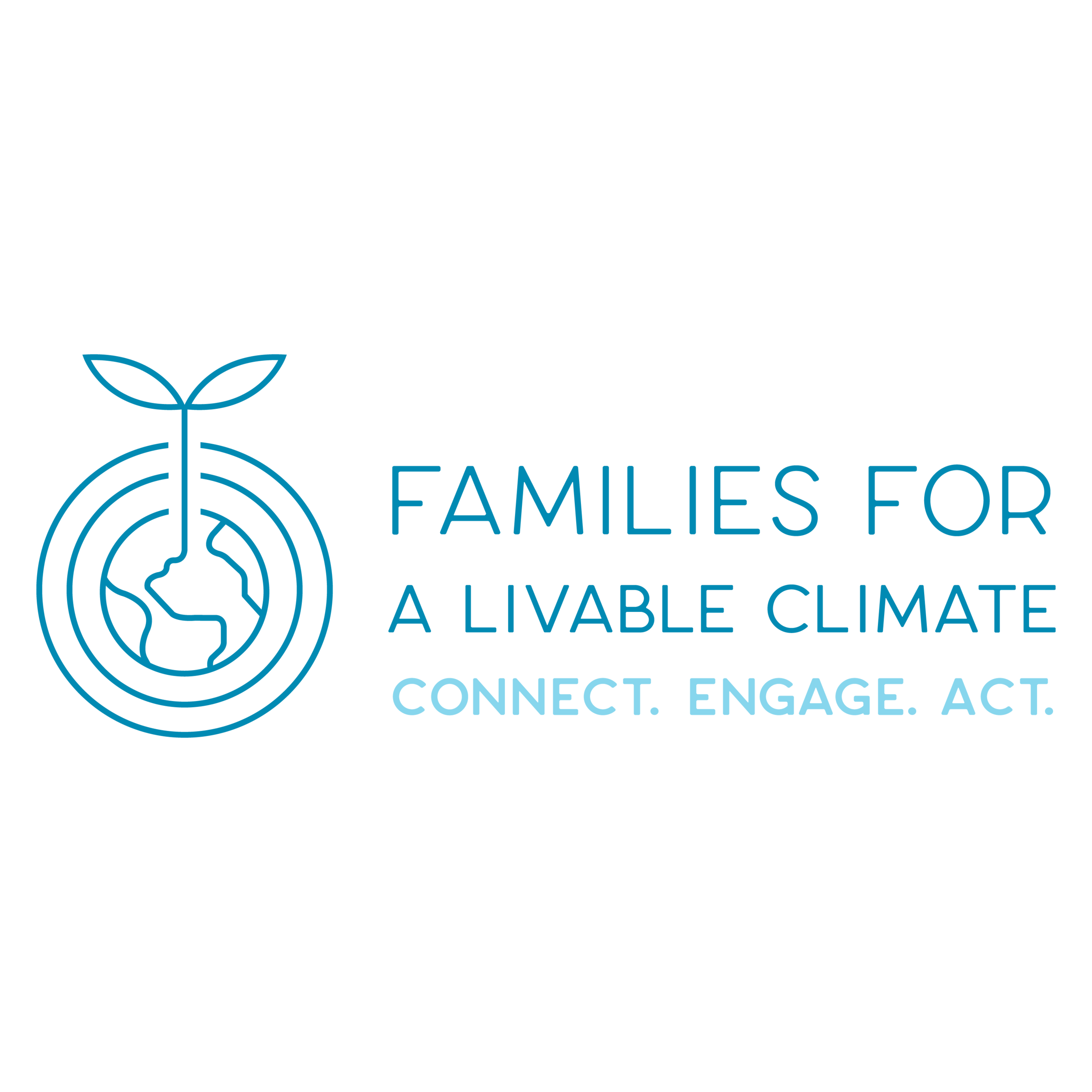Cultivating Resilience Through Storytelling
We were thrilled to partner with spectrUM Discovery Area and the University of Montana Environmental Studies Program to host a resilience-themed climate storytelling event last month. The public gathered to listen to stories from Western Montana about community resilience and hope, and to explore an interactive climate resilience exhibit.
We were honored to hear from University of Montana’s Justin Angle, who shared about his “Fireline” podcast and “This is Wildfire” book; Laura Garber of Homestead Organics, who spoke about superpowers in nature; and UM student, Priya Subberwal, reciting poetry about transformation and renewal.
Huge thank you to Missoula Community Access Television for capturing the event recording, which is available here. Thanks also to our partners at KFGM for emceeing and supporting the event!
Following the speakers’ stories, participants attended a reception featuring the ResilienceMT Climate Exhibition. The exhibit includes interactive displays on community resilience to wildfire, smoke, drought, and heat, and short videos of community resilience stories.
Although we in Montana are already facing many effects of climate change and are poised to experience even more in the coming years, we find a great deal of hope and inspiration in storytelling as one of humanity’s oldest and most effective means of community-building and changemaking. We believe that by connecting with one another over shared values and stories, Montanans can find common ground and come together to ensure strong protections for our shared climate.
We are grateful for this opportunity to build community; spark connection, inspiration, and conversation; and bring Montanans together to build resilience and strength in the face of the biggest threat of our lifetime.
Thank you so much to all who participated, attended, and supported this beautiful display of community resilience!
ResilienceMT is a NOAA-funded, University of Montana project working with Montana communities to build resilience to wildfires, drought, flooding, and extreme heat.
The project is working with community partners from the Aaniiih and Nakoda tribes, the Blackfeet Nation, and Corvallis and Hamilton in the Bitterroot Valley.
Key activities include collaborative planning with community partners, a climate resilience museum exhibition including ESRI Story Maps, and community climate forums.
Check out the website here


